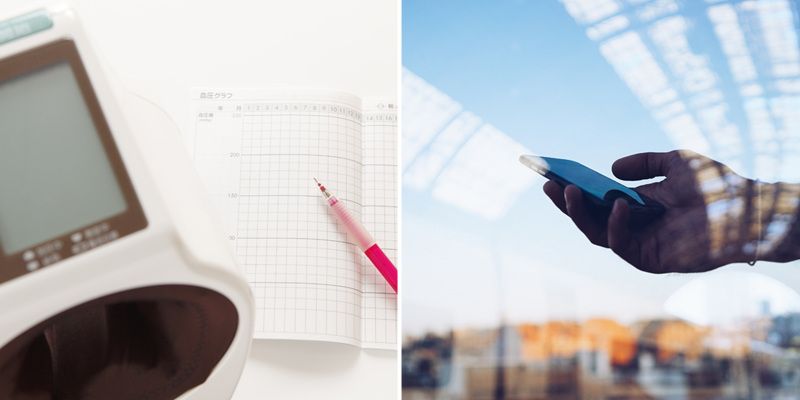Taking control of your blood pressure is as much about your mind, as it is about your body. Sounds funny, but it’s true! On one hand, you need to set your mind to making changes in your daily life. That incudes your habits, diet, and all. But moreover, you can make big changes by just how you think. Easing your mind and reducing your anxiety can help in big ways with your overall health. And it can support your blood pressure levels in particular.
One easy way to work on this is through meditation practice. Sure, you’re thinking to yourself, “Seriously, meditation – for blood pressure?!” But the studies are in! A few quiet minutes each day really does make a difference. This is why it work, and how to get started…
Meditation gives you a simple, stress-reduction break for your mind.
In this sense, meditation has a really broad definition. So find a practice that’s comfortable for you. You don’t need any special equipment, or classes, or books to guide you. It doesn’t have to involve chanting or sitting cross-legged. (Although if you’re into that, go for it by all means!) This is not a religious or even spiritual practice. It is simply slowing down and pausing in your day. It means giving focused attention to your mind and your breath.
According to the Mayo Clinic, “Meditation produces a deep state of relaxation and a tranquil mind. During meditation, you focus your attention and eliminate the stream of jumbled thoughts that may be crowding your mind and causing stress.”1
So a daily practice of meditation can be as simple as sitting quietly in a favorite chair, with your eyes closed, and focusing on your breath. Set a little alarm for yourself, and try to still your mind for 5 or 10 minutes. Then, just listen to yourself breathe in and out. Try to softly push away any thoughts in your mind. With practice, try to increase the length of your “sit” time.
Researchers find that meditation truly does have a positive effect on blood pressure.
A recent study found that participants were 48% less likely to have a heart attack or stroke if they practiced meditation.2 The study looked at results over a five-year period. Such a simple daily action – sitting quietly – led to pretty dramatic results!
Likewise, the National Institutes of Health funded a number of studies about how effective meditation is on high blood pressure.3 The American Heart Association chimes in on this, too. They recommend adding meditation as a complement to traditional health management. “Taking a few minutes to relax each day could help you lower your risks of cardiovascular disease,” reports the organization.4
Similarly, Dr. Robert Schneider, author of Total Heart Health, is another supporter of meditation. He sees meditative practice as a counter to the stresses of modern life. His call to action is “Meditation, not medication!”5
Get started today and begin improving your mental and physical well being.
If you’re ready to make a chance, then begin your new meditation practice in an easy way. Just commit to trying it out for a fixed length of time, like 10 days. Follow the suggestions above, and do what feels best. And be notice how your mind and body shifts as you get used to your new practice!
Now, if you’re serious about improving your blood pressure, there’s lots more to do! For example, learn what foods reduce blood pressure and how to easily take your blood pressure at home, as well as supplements that support your heart.









